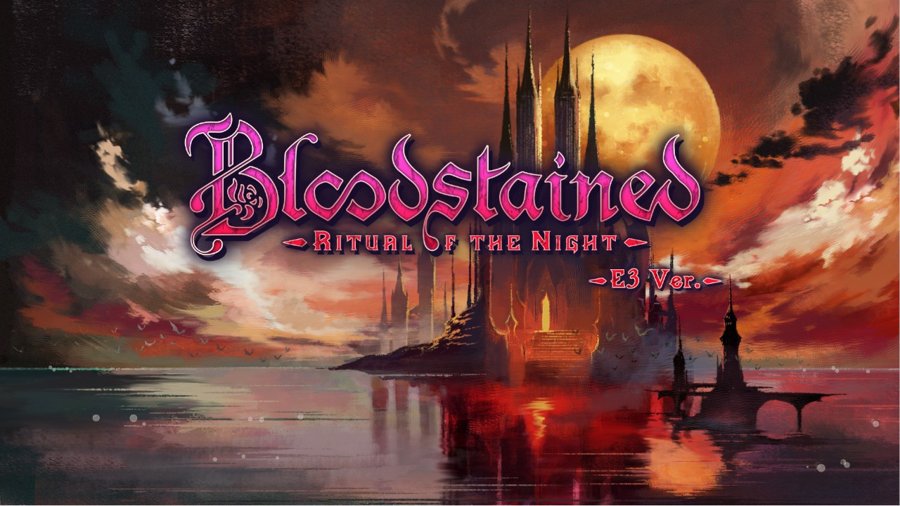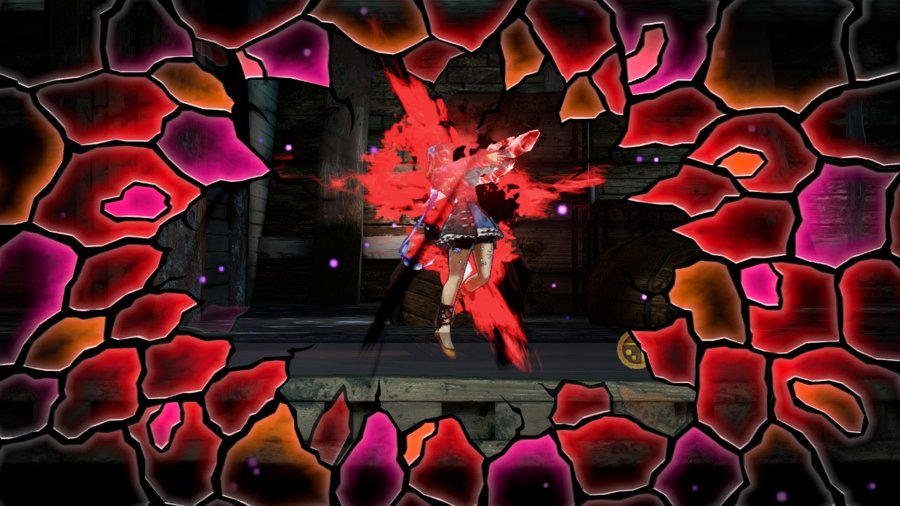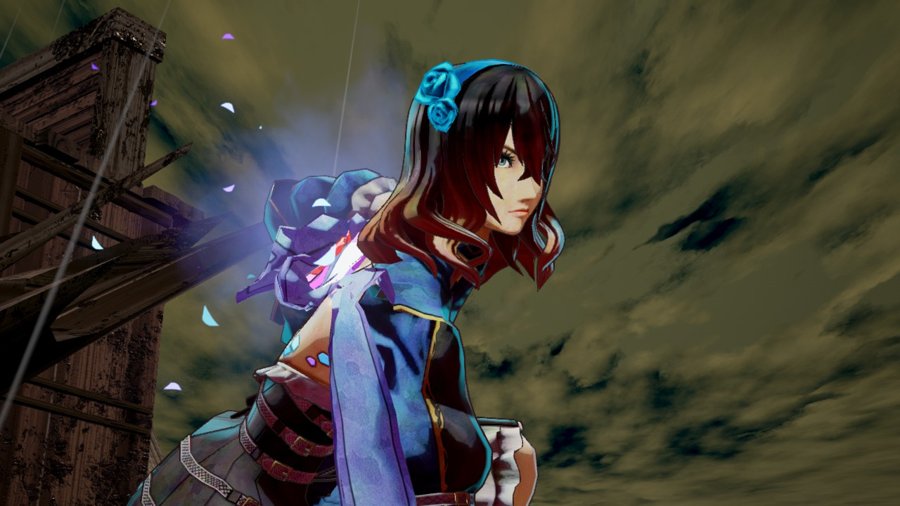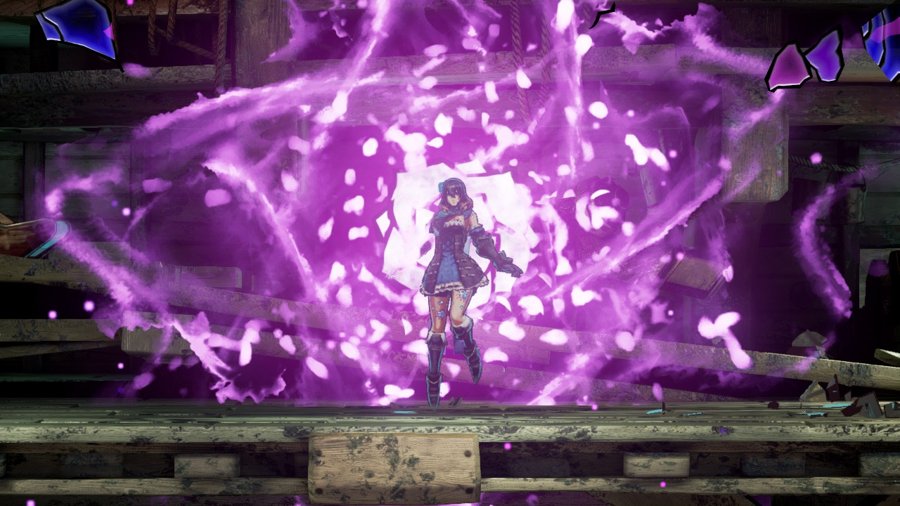Home > Bloodstained: Ritual of the Night - First Impressions

Disclaimer: The author has pledged towards the Kickstarter campaign for this game at a value of $60.
Bloodstained: Ritual of the Night is a spiritual successor to Koji Igarashi’s Castlevania titles, which initially broke the mold on the classic series and expanding the genre now dubbed “Metroidvania”. Unfortunately, due to Konami’s ever growing disdain towards the video game industry, no game has been released since early 2014, and Igarashi’s last title was in 2010. Due to high fan demand and a great desire from Igarashi, an exceptionally successful Kickstarter campaign was launched in May 2015. The campaign broke expectations by over ten times effectively doubling its budget after publisher funding is taken into account.
Fastforward to today and the game has progressed tremendously after just one year of development. Bloodstained was briefly shown during the Microsoft E3 press conference and a playable demo was at the Microsoft booth for anyone to play. Backers for the $60 tier and higher got access to the same demo for Windows only. While it won’t necessarily be indicative of the Wii U version readers may be getting, or even the final product as a whole, it still shows how the game is progressing.

The first thing you may want to know is how it feels to play. As a personal major fan of Igarashi’s Castlevania titles, this was on the forefront of my mind. Instinctively, the first thing I did once I opened the first chest and received a sword was to try seeing just how quickly I could attack. Suffice to say, my muscle memory from prior Metroidvanias was satisfied, as I could cancel out attack animations by landing from a jump and immediately jumping again to repeat the process. It was quick and responsive. Jump physics feel right at home too, our protagonist, Miriam, glides through the air with the same grace that Alucard did back in 1998. The animations are fluid as well, no doubt benefiting from the 3D models now instead of having individual sprites being drawn for each frame.
The game’s “gimmick” is the collection of shards from specific enemies which will be dropped occasionally. These shards, once collected and equipped, perform various effects from direct magical attacks to passive boosts in stats. It’s comparative to the two Castlevania “Sorrow” titles, Aria and Dawn, with this system very closely resembling the soul pickups from those two games. The map is also hiding several secrets, unlocking new little areas for new items. In fact, in order to progress you actually have to use a newly picked up ability to solve a small contextual puzzle, it’s all rather clever.

The game is also impressively good to look at. The ship is very dark and decrepit and the brighter colours from Miriam, attack effects and other elements stand out from the background very clearly. It’s hard to actually miss visual details unless they were intended to be hidden. One minor nitpick is that the item pickup and enemy name icons are rather small, it’s easy to miss them entirely unless you know they’re there.
On a performance level, it’s a little rough on the edges. There are some acknowledged bugs with this particular demo which the devs are working on, such as resolution quirks on certain machines and sound cutting out. One particular bug I bumped into, which may largely be down to my PC not quite meeting the recommended specifications, was the game suddenly freezing when the ocean was present, but it would always resume again after a few seconds. All things being said, it performed quite admirably. The frame rate was stable and I couldn’t detect any dropped inputs. Given that there is still one more year until the target release window, there is still plenty of time to nail the bugs down.

About the Author:
Jonathan N
Jonathan (Komodo_Zero) joined in 2013 to help create and manage the forums. Since then, he has served as both the graphic design lead and a content creator. He has authored guides, reviews, and articles: many of which are music related. If you see a fancy-looking graphic on Nintendo Castle or Pokeball Insider: you likely have him to thank. He currently writes reviews for all sites in our network.